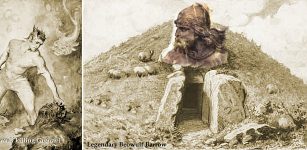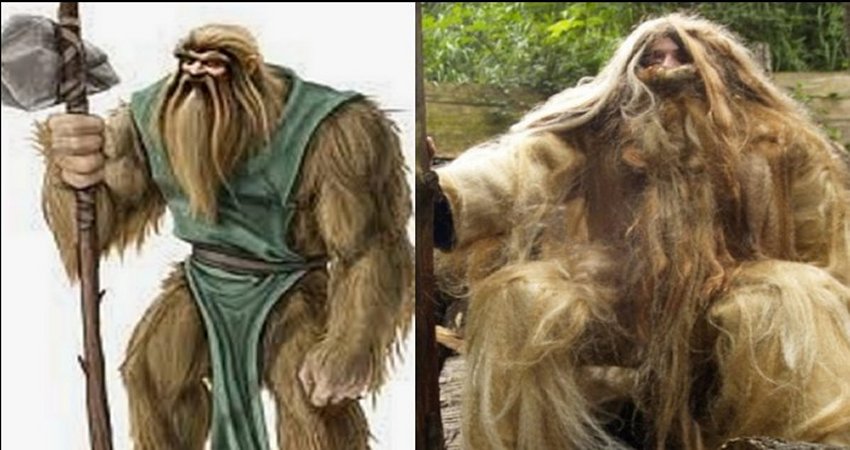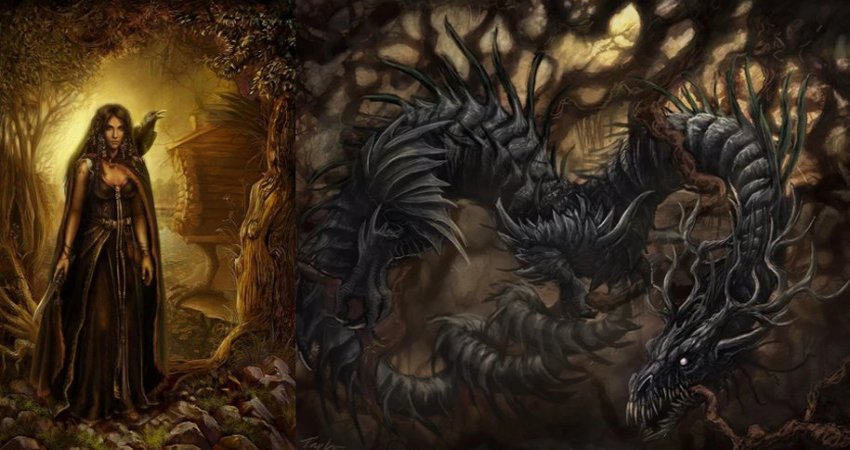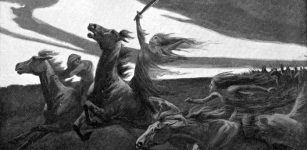Lady Justice (Justitia): Legal And Philosophical Concept Produced In Remote Antiquity
A. Sutherland – AncientPages.com – We call her today – Lady Justice. Her modern statues frequently decorate courthouses and courtrooms in many countries around the world.
Additionally, images of justice can be found virtually anywhere. They appear on sculptures, bas-reliefs, statues, paintings, porcelain, stained glass, seals, coins, sometimes on medals, logos of certain websites, and even on clothes.
Left: A robed Justice (without blindfold) is the focus of the allegorical story of the battle of Good Versus Evil. Her unencumbered gaze is set determinedly in the direction of the forces of Evil, to the viewer’s right.(One of the Courtroom friezes sculpted by Adolph Weinman). Source; Right: Justitia blindfolded and holding balance scales and a sword. Court of Final Appeal, Hong Kong. Source
In the past, it was not easy to create an image of Justice. Many artists seemingly asked themselves simple questions: How to paint justice? What does she look like?
After all, Justice is an idea, a specific legal and philosophical concept, which means that artists could not use the model of Justice; they could only create their own impression of her.
In ancient Rome, she was called Iustitia (Justitia), and in Greece, she was equal to the goddesses: Themis (“the Lady of good counsel”) and the personification of law, divine order, divine justice, natural law, the right, fairness, and custom), and Dike (the goddess of human justice and the spirit of moral order and fair judgement).
It was long believed that in the Golden Age, she lived on earth, and then, with the rise of human wickedness, she left the planet and went to the sky to dwell in the constellation of Virgo.











